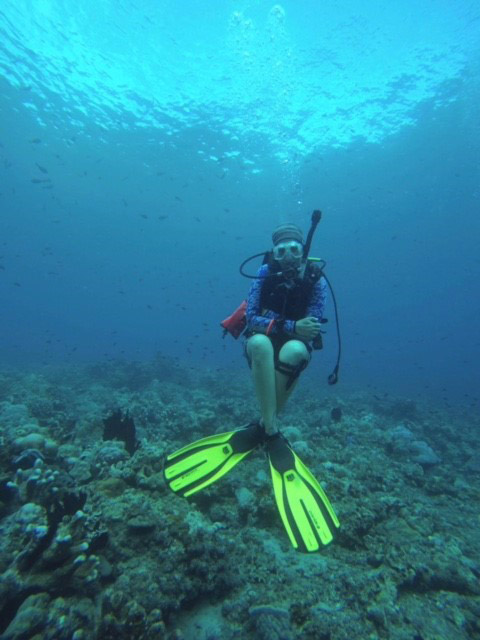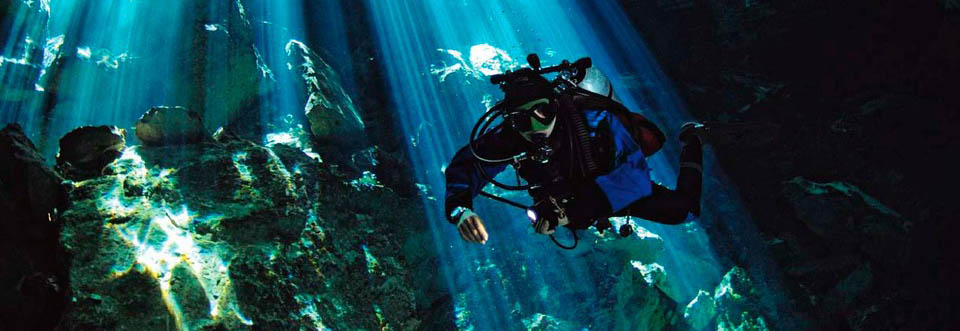Why you should take a Peak Performance Buoyancy specialty course
 Do you suspect you may be overweighted when you go scuba diving? Are you struggling with your gear and blowing through your hair too fast? Keep reading to find out how you achieve perfect buoyancy and get the full enjoyment out of this wonderful sport!
Do you suspect you may be overweighted when you go scuba diving? Are you struggling with your gear and blowing through your hair too fast? Keep reading to find out how you achieve perfect buoyancy and get the full enjoyment out of this wonderful sport!
When I first started diving, I was only doing it maybe once a year on vacation. I was usually in exotic locations and heeding the advice of my dive guide for how much weight I should carry. I certainly didn’t want to waste precious bottom time at a beautiful dive site perfecting my buoyancy but I would find my dives were a lot of work. I would look at my dive guide and he would be barely moving! I chalked it up to him just being a professional and I wasn’t.
After taking the PADI Peak Performance Buoyancy specialty course, I realized that achieving perfect buoyancy not only made my dives so much more enjoyable, it improved my air consumption to help me have longer bottom times.
Devoting time to achieve perfect buoyancy during my Peak Performance Buoyancy specialty course was really a lot of fun! My instructor challenged me with games and maintaining different body positions underwater to help me figure what I could do. I also learned how very important perfect buoyancy is for the aquatic environment because it drastically decreases the risk of me coming in contact with sensitive corals and other sea life. Now, my diving is so much more relaxing and effortless!
Another invaluable lesson I learned during my Peak Performance Buoyancy specialty course is that I should conduct a buoyancy check before a dive under three important circumstances:

1) Any time you change dive locations. Saltwater versus fresh water markedly changes your buoyancy and how much weight you should carry. There are also different salinity levels in saltwater! Who knew?
2) Any time you change dive gear. If you need to rent scuba gear, then you pretty much should check your buoyancy every time you dive!
3) Whenever you go long periods without diving. Subtle changes in your body weight or muscle mass can affect your buoyancy.
Learning how to perfect your buoyancy in the PADI Peak Performance Buoyancy specialty course will pay for itself in the long run. You will enjoy diving so much more and be able to focus on the beautiful underwater world before you – this beats fighting with your equipment to get you through a dive!
Taking your Peak Performance Buoyancy specialty course at Blue Season Bali, with their fantastic instructors and beautiful dive sites, you will still have plenty of time to take in your beautiful surroundings!



